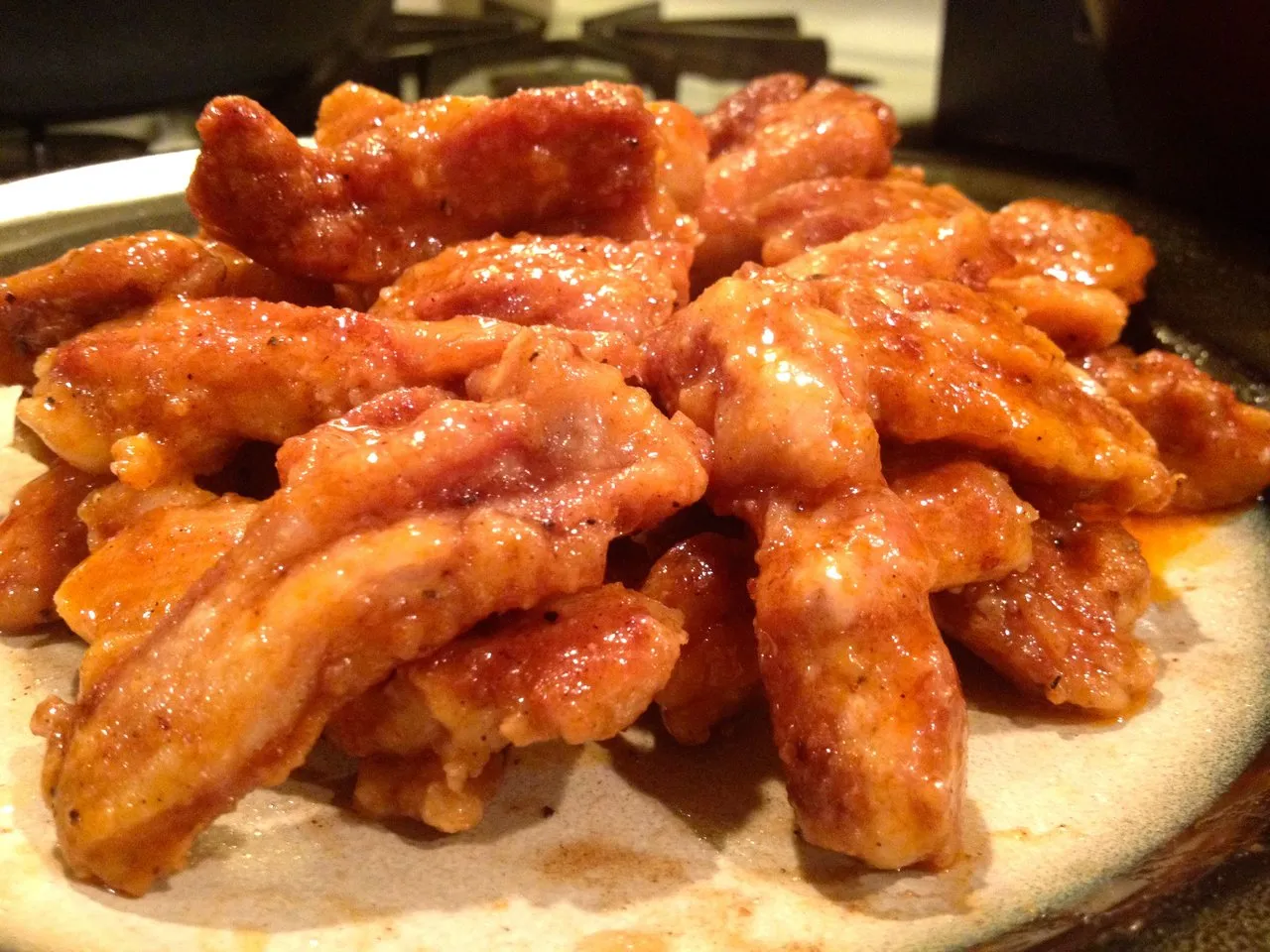
Frying chicken is an art form. You have to perfect the batter. Use just the right amount of egg wash. Heat the pan to a precise temperature. One does not simply fry chicken without having some sort of background knowledge.

And if you weren't lucky enough to be born into a family with a delicious secret recipe, you'll just have to take your high school textbooks out and learn some chemistry. Or you could watch this YouTube video from Reactions, a channel dedicated to explaining the chemistry behind every day stuff.

The video explains the various chemical reactions taking place in the pan, while your chicken is frying. See to get the perfect crunchy skin, your chicken needs to be dunked in oil that's between 302 and 374 degrees Fahrenheit. To manage this without a deep fryer, all you need is a deep cast iron skillet and canola, vegetable, or peanut oil. Using any other cooking oil could tamper with the flavor or cause too much smoke.
START FRYING NOW: Deep Cast Iron Skillet, $32; amazon.com
As long as the chicken is at the proper temperature, the process of convection occurs, meaning hotter oil rises and colder oil sinks. That heat then diffuses through the raw center of the chicken in a process called conduction.
Three other processes could also be messing with dream of frying chicken worthy of KFC: hyrdolysis, oxidation, and polymerization. In plain English, hydrolysis is what makes the skin crispy, the right amount of oxidation maintains good flavors, and polymerization speeds up the shelf life of your frying oil.
Too much chemistry for you? That's fine, because this all happens on its own — as long as your oil remains at the right temperature. These YouTubers say that the ideal temperature is 335 degrees Fahrenheit and should remain constant. Too hot, and all of those chemical processes will screw with your flavors. Too cold, and the skin won't be crispy.
Long story short: Use a thermometer and monitor it very, very closely.